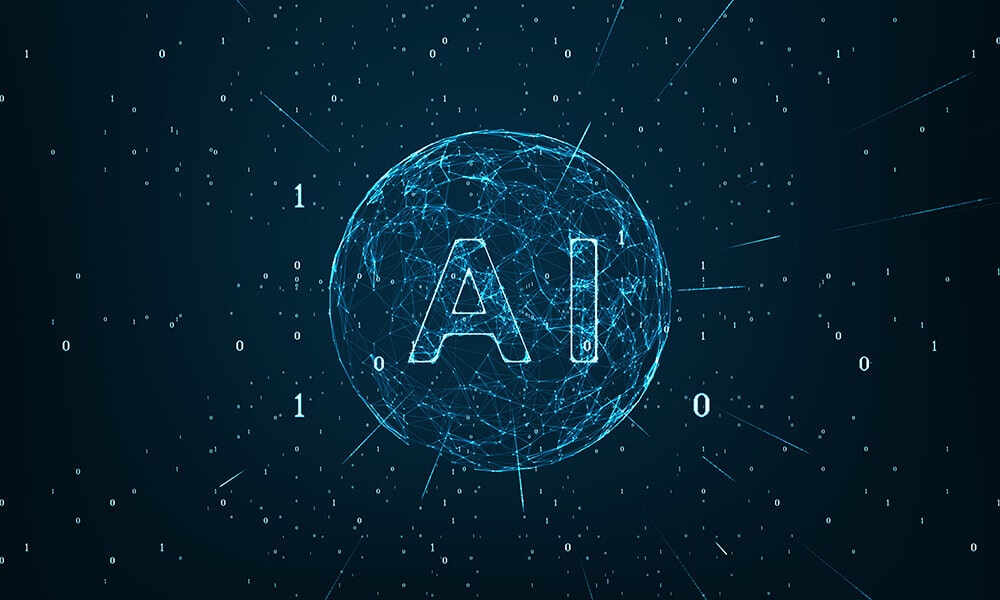Developing Artificial Intelligence (AI) systems is a complex and resource-intensive process. From sourcing data to training models, the journey involves numerous challenges that can significantly impact both costs and timelines. A well-planned budget for AI training data is critical to ensure the success of your AI initiatives, both in terms of functionality and return on investment (ROI).
In this article, we will explore the factors you must consider when creating a budget for AI training data and the hidden costs associated with data sourcing, annotation, and management. This comprehensive guide will help you effectively allocate resources and avoid common pitfalls in AI development.
Key Factors to Consider When Budgeting for AI Training Data
Volume of Data Required
The volume of data directly influences the costs associated with AI training. A study by Dimensional Research highlighted that most organizations require approximately 100,000 high-quality data samples for effective AI model performance. While large volumes are essential, quality should never be compromised.
For example:
- Computer Vision Use Case: Requires large volumes of image and video data.
- Conversational AI: Focuses on audio and text datasets.
Defining your specific use cases and understanding the type and volume of data required will help you allocate your budget more effectively.
Data Quality vs. Quantity
Feeding low-quality or irrelevant data into your AI system can result in skewed results, wasted resources, and extended timelines. While 100,000 samples of poor data may cost less initially, they can ultimately lead to higher expenses compared to 200,000 samples of clean, well-annotated data.
Bad data can introduce biases, leading to delayed time-to-market and lower team morale due to repeated feedback loops and corrective measures. Investing in high-quality data from the start ensures better results and quicker ROI.
Cost of Data Sources
The cost of acquiring datasets varies based on:
- Geographical Location: Sourcing data from certain regions may be more expensive.
- Use Case Complexity: Complex use cases may demand highly specific and curated datasets.
- Volume and Immediacy: Larger volumes and shorter timelines often increase costs.
You’ll also need to decide between:
- Open-Source Data: While free, open-source datasets often require significant time for cleaning, annotating, and structuring.
- Data Vendors: These offer high-quality, ready-to-use data but come at a higher upfront cost.
The Hidden Costs of AI Training Data
Sourcing and Annotation
Overhead costs for sourcing and annotation include:
- Workforce (data collectors and annotators)
- Equipment and infrastructure
- SaaS tools and proprietary applications
Impact of Bad Data
Bad data is not just a technical issue; it has tangible business consequences:
- Extended Timelines: Restarting the data collection and annotation process can double your time-to-market.
- Compromised Team Morale: Repeated failures due to poor results can demotivate your team.
- Skewed Algorithms: Introducing biases and inaccuracies into your model can lead to reputational risks and reduced functionality.
Management Expenses
Administrative and management costs often constitute the largest expense in AI development. These include the cost of coordinating teams, tracking progress, and managing resources. Without proper planning, these costs can spiral out of control.
The Solution: Outsourcing Data Collection and Annotation
Outsourcing is an effective way to minimize costs and streamline the process of acquiring high-quality training data. By partnering with experienced data vendors, you can:
- Save time on sourcing, cleaning, and annotation.
- Avoid the risks associated with bad data.
- Free up resources to focus on core business objectives.
Vendors like Shaip specialize in delivering curated, high-quality datasets tailored to your unique use case, ensuring faster deployment and higher accuracy.
Pricing Strategies for AI Training Data
Different types of datasets have unique pricing models:
Image Data
Priced per image or frame.
Video Data
Priced per second, minute, or hour.
Audio/Speech Data
Priced per second, minute, or hour.
Text Data
Priced per word or sentence.
These costs are further influenced by factors such as geographical sourcing, data complexity, and urgency.
Wrapping Up
Budgeting effectively for AI training data requires a clear understanding of your goals, use cases, and the hidden costs involved. While the upfront investment in high-quality data may seem significant, it is essential for ensuring accuracy, reducing timelines, and maximizing ROI.
If you’re looking to simplify the process, consider outsourcing data collection and annotation to a trusted partner like Shaip. Our team of experts is dedicated to providing high-quality, AI-ready data with minimal turnaround times. Get in touch today to discuss your specific requirements and develop a customized pricing strategy.










